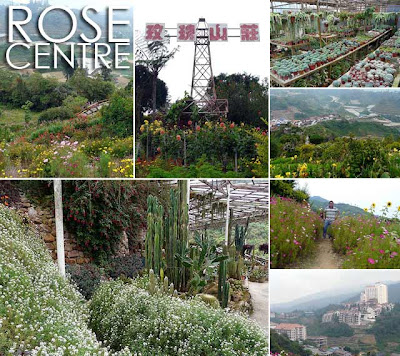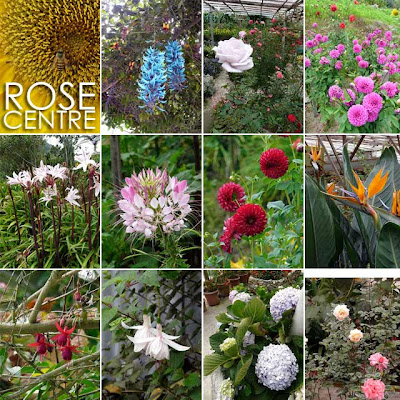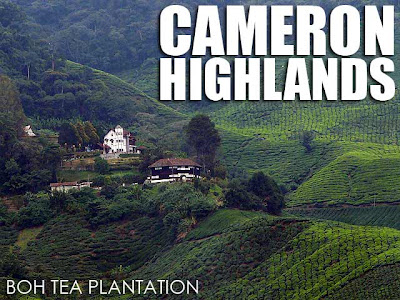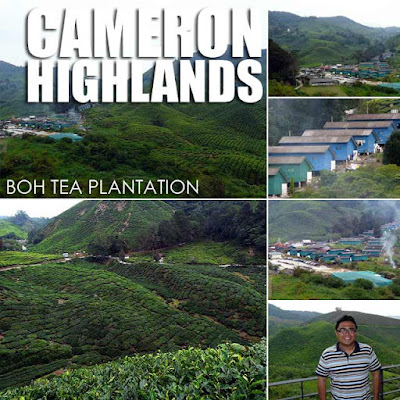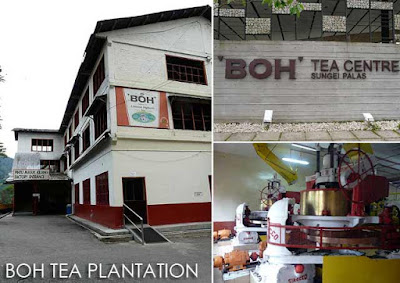 Singapore, just like neighboring Malaysia, is a culinary delight. Every time I visit Singapore, my friends take me around to all these great food places, especially hawker food. This trip was no different.
Singapore, just like neighboring Malaysia, is a culinary delight. Every time I visit Singapore, my friends take me around to all these great food places, especially hawker food. This trip was no different. Before proceeding to Formula One, we had an early lunch at Crystal Jade Golden Palace at the Paragon Shopping Centre along Orchard Road. We had a lot of dimsum. And what we thought was going to be a light snack turned out to be a really heavy meal. Thanks to Ian for the dimsum binge! I was so busy eating, I forgot to take note of what we ate. Maybe you guys could help me name the dishes?
Before proceeding to Formula One, we had an early lunch at Crystal Jade Golden Palace at the Paragon Shopping Centre along Orchard Road. We had a lot of dimsum. And what we thought was going to be a light snack turned out to be a really heavy meal. Thanks to Ian for the dimsum binge! I was so busy eating, I forgot to take note of what we ate. Maybe you guys could help me name the dishes?Update: Here are the names: first photo - pan fried carrot cake, steamed char siew (barbecue pork) bun, steamed rice rolls, steamed (har kau) prawn dumpling, baked barbecue pork pastry, xiao long bao; second photo - diced barbecue pork, mango and seafood spring roll, pan fried rice rolls with XO sauce, steamed pork ribs with fermented black beans, egg tarts, baked sesame pancake, steamed siew mai (pork).
After the race, another friend treated us out to more food. This tme it was at Lau Pa Sat (Telok Ayer Market) an early 19th century market in the central business district of Singapore which had been conserved and adaptively-reused as a food centre.
 In the evening, the street beside it makes way to hawker stalls which sell the best satay in town! I missed the satay so much, I made sure to have a serving that night. We had chicken and lamb satay with the really yummy peanut sauce. Thank you to Joy for the satay!
In the evening, the street beside it makes way to hawker stalls which sell the best satay in town! I missed the satay so much, I made sure to have a serving that night. We had chicken and lamb satay with the really yummy peanut sauce. Thank you to Joy for the satay!After dinner, I had another late dinner with another Singaporean friend who took me for some Singapore bah kut teh. I'll talk about that in another post. Thanks to Leon for the bak kut teh!
Crystal Jade Golden Palace
290 Orchard Road
#05-22/24 Paragon
+65 6734 6866








